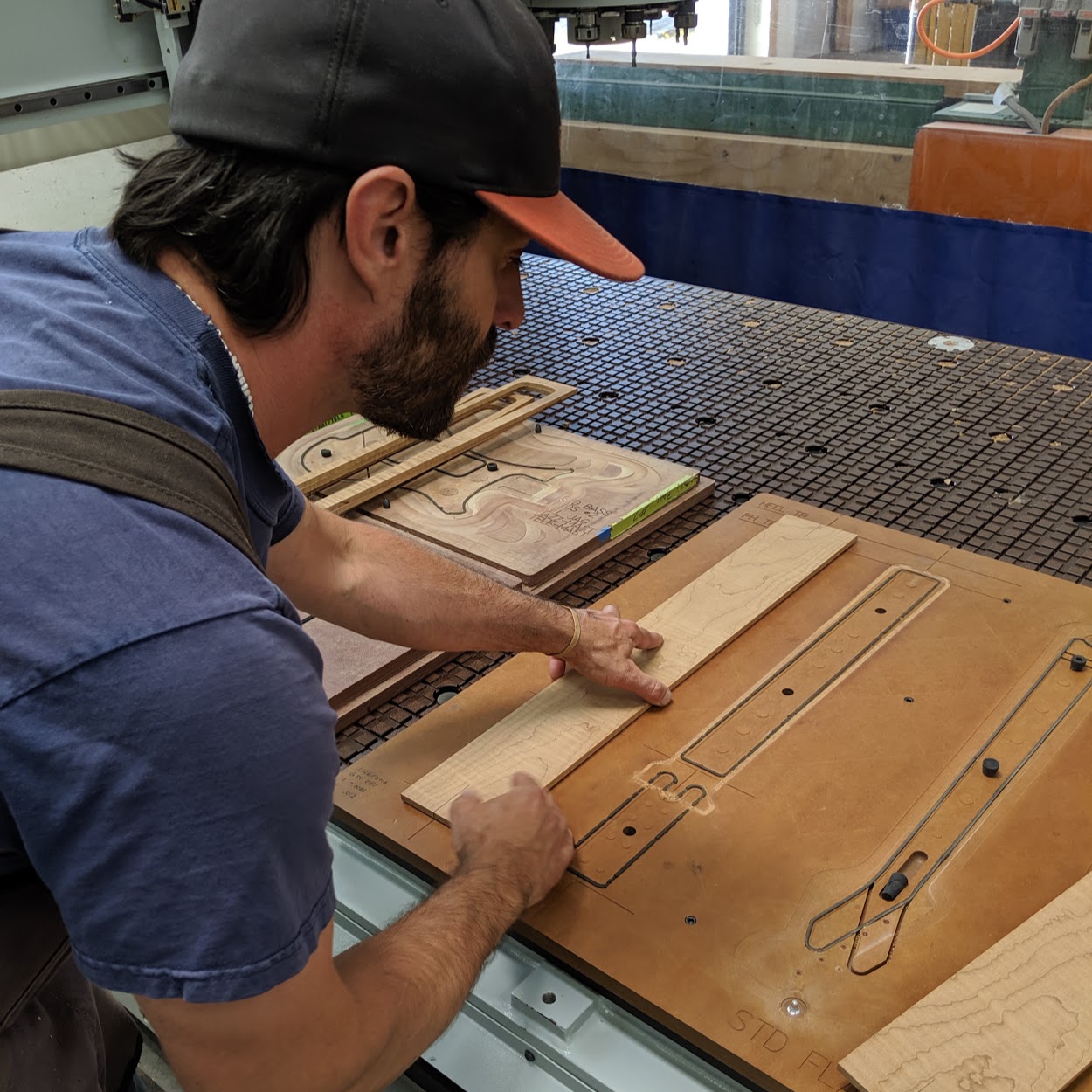35 - Analytical Sciences (w/ Bob Yeager!)
35. Analytical Sciences
Scientists support their ideas with data, but it can become challenging to explain data
when you’re not familiar with the field or it is presented in a confusing way. Are there other ways that one can
show data and support their arguments? Let’s learn to be scientifically conversational.
General Learning Concepts
1) What does it mean to be analytical?
a. Analysis: a detailed examination of the elements or structures of something.
b. What is an analytical chemist? The science of obtaining, processing, and communicating information about the composition and structure of matter (ACS). Measurements are made to assure the safety and quality of food, pharmaceuticals, water, environmental compliance, legal processes, etc.
c. Error: When you make many, independent measurements you will often find that the values are not identical. These differences are called error. There are two major types of error, random and systematic. Random error occurs due to chance, variability in measurements, slight changes in environments, and can be overcome with repeating measurements many times. Systematic error means there is consistent differences from true values due to the instruments, procedure, or individual.
d. Accuracy: Refers to how close a measurement is to its true and accepted value, and is independent of precision.
e. Precision: Refers to how close measurements of the same item are to one another, and is completely independent of accuracy.
2) Example 1: Calorimetry
a. What is calorimetry? The process of knowing (measuring) the amount of heat that is absorbed or released during a chemical reaction. This process can be used to measure how much heat can be held within a metal or given off to its surroundings, how much energy is held within a substance, etc. The science is often done by combusting an object within a calorimeter and measuring the change in temperature of water.
b. What is a calorie? The energy needed to raise the temperature of 1 gram of water 1 degree Celsius, or 4.1868 joules (another common unit of energy; that is, the force of one Newton acting through one meter). A Calorie (dietary) is a kilocalorie, or 1000 calories.
c. Food Science: Though we won’t go into great deal about combustion this week (but rather next), the takeaway involves transforming a fuel into the release of heat which can be quantified simply by measuring the change of temperature in surrounding water. This was traditionally done in a special kind of calorimeter called a bomb calorimeter, which maintains a constant volume. Maintaining a constant volume allows for certain important chemical parameters to be computed, like the change of internal energy and change in enthalpy. [2]
d. Calorie counts on labels: Once performed by bomb calorimetry and burning entire objects or serving sizes of objects, the Atwater system is used today (named after Wilbur O. Atwater, an 1800’s chemist. Essentially, the total value of calories is summed by the individual components: grams of protein, carbs, fat, and alcohol. Original values for each gram of those ingredients were determined by bomb calorimetry. The trouble commonly argued with this system is that not all calories are equally absorbed by all people due to what form foods are in, how much they’re chewed, and so on. [2] [3]
3) Example 2: Accuracy and Precision during guitar making
4) Fun Tidbits
a. Increase the stability of timekeeping: One second was defined as a cesium second (Cesium 133 has only one electron in its outer valence shell) in 1967 to improve the stability of timekeeping in a way that would not affect common people. Previous references include pendulums, the rotation of the earth, and so on."The second is the duration of 9,192,631,770 periods of the radiation corresponding to the transition between the two hyperfine levels of the ground state of the caesium-133 atom." Because the earth’s motions were not sufficiently predictable to allow for highly accurate timekeeping, the National Institute of Standards and Technology moved on to use cesium. All sorts of equipment must be properly synchronized to the billionth of the second. [2]
i. Take global positioning systems. When turned on, a G.P.S. receiver triangulates its location using signals from overhead satellites. These satellites, outfitted with small atomic clocks, stamp every signal transmission down to the nanosecond, or billionth of a second. Because the speed of the satellite’s signal is known—approximately a foot per nanosecond—by measuring the precise amount of time it spends in transit to the receiver, a ground location can be derived using the satellites as reference points. If we could only measure seconds by the millionths—the length of time it takes a signal to travel a thousand feet—G.P.S. estimates could be off by miles. It would be akin to designing a microchip with a measuring tape. – The New Yorker
b. What is one kilogram? Once defined as the exact weight of a cylinder of platinum-iridium held within a triple-locked vault in Paris, the exact weight of a kilogram was recently redefined. The issue was that this specific weight was measured to be a different weight that replicas that had been sent around the world; different enough to cause issues for research and technology. The new definition is in terms of the Planck constant (kg m2 s-1), which means that we require both the speed of light and the resonant frequency of the cesium atom. [2]
5) Solicited Questions
a. Qualitative vs. quantitative: Qualitative describes qualities or characteristics while quantitative quantitates a problem.


